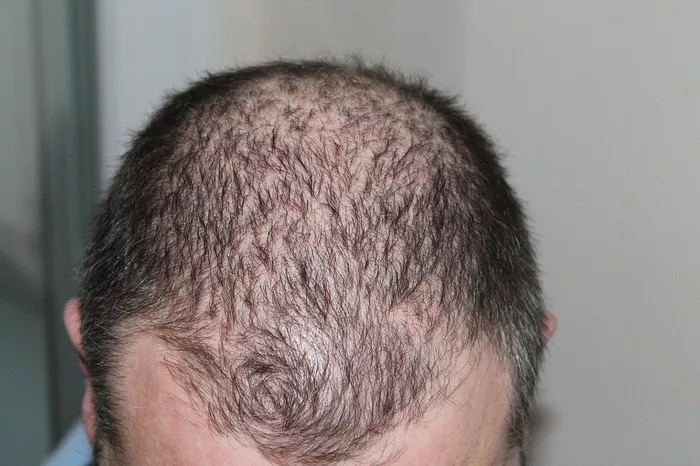Living with alopecia may sometimes make individuals feel isolated, but the reality is that this condition is more prevalent than one might assume. Globally, approximately 160 million people grapple with some form of alopecia, leading to hair loss, whether in patches on the scalp or across their entire body.
What is Alopecia?
Alopecia areata is an autoimmune disease, and it is essential to know that it is not contagious. This condition arises when the immune system mistakenly identifies healthy hair follicles as threats and subsequently attacks them. Hair loss varies from person to person, with some experiencing small, scattered patches of hair loss in various areas, including the scalp, face, arms, legs, or other regions with hair. Additional signs of alopecia can encompass:
Significant hair loss occurring rapidly.
Hair loss restricted to one side of the scalp.
Sensations of burning or itching in the areas affected by hair loss.
Alterations in fingernails, such as the development of ridges or pits.
There exist several types of alopecia, with the three main forms being:
Alopecia Areata: Characterized by patchy hair loss, typically in round or oval shapes, which may progress to more extensive hair loss over time.
Alopecia Areata Totalis: Involves the complete loss of hair on the scalp.
Alopecia Areata Universalis: Results in the loss of all hair on the head, face, and body.
Risk Factors and Potential Causes
Alopecia affects individuals of all ages, genders, and ethnic backgrounds, though some groups are slightly more predisposed to experiencing hair loss. Both children and adults can develop alopecia areata.
Research indicates that women are more commonly affected by alopecia areata than men, and certain ethnic groups, including Asian American, African American, and Hispanic individuals, have a higher likelihood of experiencing alopecia compared to their white counterparts. According to the National Alopecia Areata Foundation, over 80 percent of those impacted by alopecia start displaying signs of hair loss by age 40, with approximately 40 percent experiencing hair loss by age 20.
While the exact cause of alopecia remains elusive, it is believed that multiple genetic factors play a role. Those with a family history of alopecia or other autoimmune conditions have a slightly elevated risk of developing the condition. However, the precise trigger for hair loss initiation remains uncertain.
Diagnosis and Treatment
Diagnosing alopecia areata typically involves a visit to a dermatologist, who will assess whether hair loss is indeed due to this condition. During the consultation, the dermatologist will inquire about the patient’s family and personal medical history and conduct a hair examination. In some cases, a biopsy or blood test may be recommended.
Treatment options vary depending on the extent and duration of hair loss. According to Dr. Beth Lertzman, a dermatologist at Rochester Regional Health, “There are different treatment options available based on how much hair a person has lost and how long the hair loss has been going on. Adults and children will have different options.”
For mild to moderate alopecia, topical treatments such as corticosteroids, anthralin, or minoxidil may be prescribed to aid in hair regrowth. Those with more severe cases might require more intensive therapies. Contact immunotherapy is one such treatment designed to halt the immune system’s attack on healthy hair follicles. A chemical is applied to the affected skin areas during weekly in-office sessions. Additionally, oral medications known as JAK inhibitors can suppress the immune system’s response, enabling hair regrowth in some patients.
Dermatologists can also guide patients in exploring cosmetic options, such as wigs, hairpieces, shaving, artificial eyelashes and eyebrows, and microblading for eyebrows.
Dr. Lertzman emphasizes, “We offer a range of options to assist individuals seeking alopecia treatment. Regardless of your age or the stage of hair loss you are experiencing, we are here to help you lead the life you desire.”


